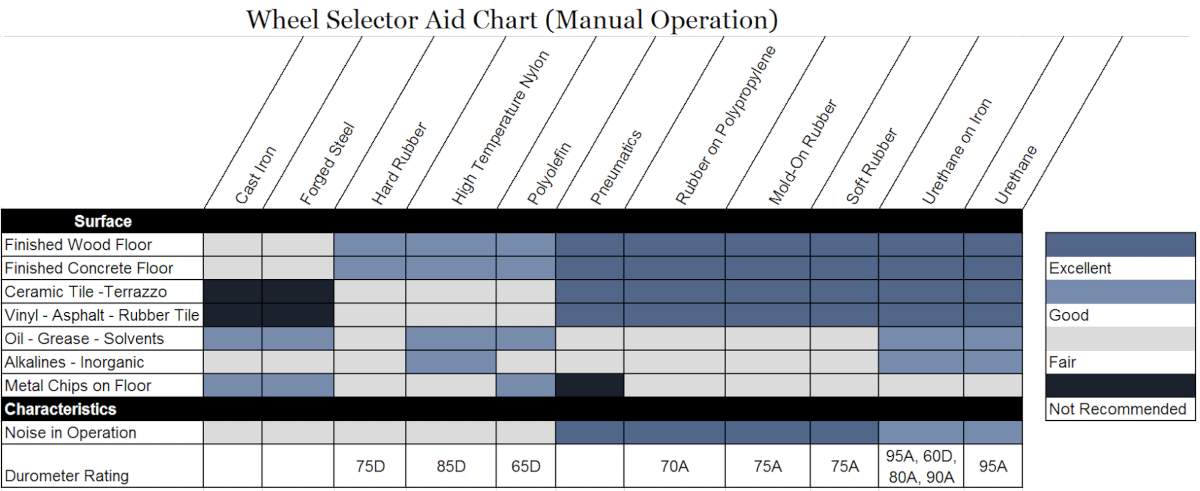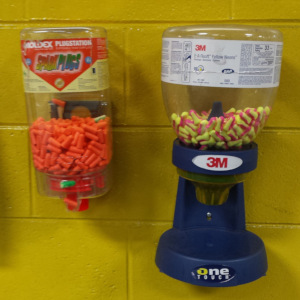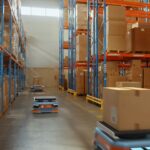Say What?
We don’t often worry about our hearing until later in life, but according to the CDC, at least 10 million adults in the U.S. (6 percent of the population) under age 70 – and perhaps as many as 40 million adults (24 percent) – may have hearing loss from noise in one or both ears.1 This may seem surprising, but hearing loss because of noise can happen in many ways.
When you do think of noise-induced hearing loss, we often assume it occurs from a one-time event, like being too close to the stage at a concert. However, most noise-induced hearing loss does not occur because of a one-time occurrence. It slowly affects us over time withmuch warning. Once you damage your hearing, you can’t fix it. Luckily though, there are actions we can all take to prevent noise induced hearing loss.Three key steps can help protect your hearing according to the U.S. Department of Health & Human Services: lower the volume, move away, and wear hearing protectors.
These steps are simple, but they are not always easy to do; especially when you work in an environment where loud noise is constant or common. Tires and wheels are a unique challenge that Stellana understands well.
When working on a production floor, often times items are too heavy to move by hand. Wheels must be used, such as wheels on carts, dollies, and forklifts. Both the material of the wheel and the floor can impact the noise level created. First, the wheel can impact the wear and tear of the floor. Using cast iron on ceramic tile would be a poor choice versus rubber on polypropylene for instance. Second, the harder the material the louder the noise. This trade-off is important as a balance is needed. A harder material, such as cast iron, nylon, or phenolic, may be more durable and stand up to the strain of lifting heavier items, but it is also going to be much louder. Soft rubber is the opposite; it will lift less but be much quieter.
Wheel Harness Comparison Chart
Tread Material | Durometer | Scale |
|---|---|---|
Soft Tread Rubber | 70-80 | A |
Hard Tread Rubber | 75-85 | D |
Phenolics | 145-150 | R |
Polyurethane | 90-95 | A |
80A Polyurethane | 80-85 | A |
70D Polyurethane | 70-75 | D |
Rubber | 70-80 | A |
Gray Rubber | 70-80 | A |
Polyolefin, Polypropylene | 55-75 | D |
EHT Rubber | 65-70 | A |
Pneumatic | 60-65 | A |

Along with finding the balance in the trade-off, you can combat the effects through proper hearing protection. Stellana requires everyone working in, and just walking through, the production floor to wear ear plugs or protective ear muffs. Everyone is protected at all times, no matter the noise level in a specific area. In addition, annual audiograms are conducted for all production employees. If you work in materials handling, ask your workplace what they do to protect your hearing.

If you work in a noisy environment, act to protect yourself. Choose what works best for you as there are a range of hearing protectors including:
- Foam Earplugs
- Earmuffs
- Silicone Earplugs
- Canal Caps
- High Fidelity Earplugs
Even though #ProtectYourHearing is a campaign just for the month of October, make it the catalyst for change in your workplace that is year-round.


